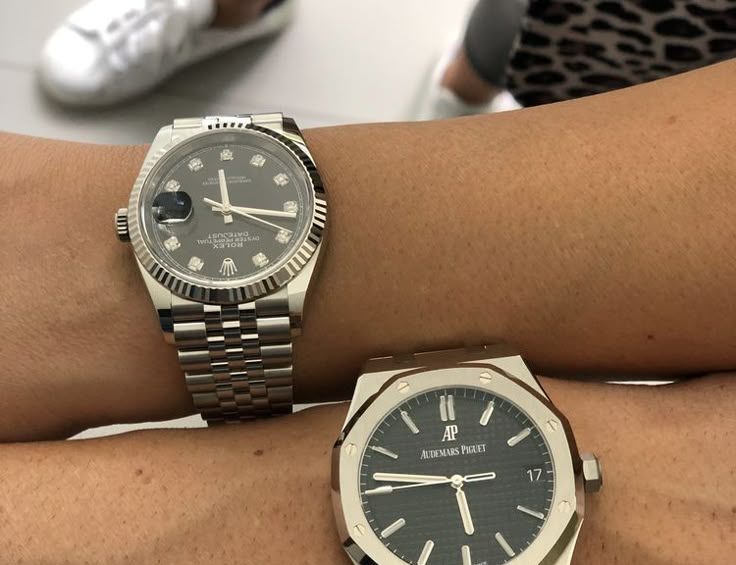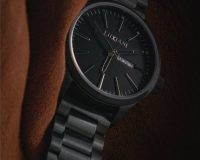Introduction: The Timeless Allure of the Wristwatch
Wristwatches have captivated the imagination for over a century, evolving from purely functional devices into profound symbols of status, identity, and artistry. Today, they are much more than instruments for telling time—they are mechanical marvels, meticulously crafted works of art that capture personal style, demonstrate technical prowess, and even commemorate cultural milestones. A wristwatch worn on the wrist can tell an unspoken story about the wearer: their values, ambitions, and appreciation for fine craftsmanship. It stands at the intersection of form and function, harmonizing practical necessity with expressive beauty.
Whether an heirloom passed down through generations or a modern masterpiece designed with cutting-edge innovation, a great watch resonates on a deeper level. It embodies the ethos of excellence, the patient mastery of artisans, and the relentless pursuit of perfection. Throughout this comprehensive exploration, we will delve into the multi-faceted world of wristwatches, where style, precision, and legacy intertwine to create something truly extraordinary.
The Evolution of the Wristwatch: From Utility to Art
The earliest wristwatches were practical solutions to the demands of modern life, offering soldiers in the trenches an easier way to keep track of time than the pocket watches they previously relied upon. However, as technology advanced and society changed, watches transformed. What began as military necessity soon became an essential element of personal attire.
During the early 20th century, pioneering brands recognized that a wristwatch could serve not just a functional purpose but also a stylistic one. Luxury houses like Rolex, Patek Philippe, and Cartier introduced timepieces that married durability with elegance, helping to redefine the wristwatch as a fashionable and prestigious accessory.
In the decades that followed, wristwatches became canvases for innovation. From the first waterproof models to chronographs capable of measuring fractions of a second, watchmakers pushed the boundaries of what these small machines could achieve. In doing so, they ushered in an era where craftsmanship and design held equal importance to functionality.
Today, wristwatches are celebrated for their aesthetic allure, their engineering marvels, and the stories they tell. They symbolize milestones in life—graduations, promotions, anniversaries—and embody an appreciation for craftsmanship that stands in stark contrast to the disposable nature of modern technology.
Understanding the Pillars: Style, Precision, and Legacy
In the realm of horology, three pillars define the true greatness of a wristwatch: style, precision, and legacy. Each contributes uniquely to the overall impact of the timepiece and the lasting impression it leaves.
Style is the outward expression of a watch’s personality. It encompasses everything from the choice of materials to the design of the dial, the shape of the case, and the intricacy of the bracelet. Style is how a watch communicates at a glance—whether it’s bold and adventurous or refined and understated.
Precision is the heart of horological excellence. A watch that cannot keep accurate time fails its most basic promise. True watchmakers dedicate countless hours to mastering the art of movement making, balancing the delicate mechanisms inside a case to achieve flawless operation. Chronometry competitions, certifications like COSC, and innovations in movement architecture all demonstrate the industry’s unyielding commitment to precision.
Legacy is what sets iconic watches apart from fleeting trends. A timepiece with a rich history and lasting significance becomes more than just an object—it transforms into a symbol, carrying meaning and emotion that transcend generations. Legacy can be found in the brand’s commitment to tradition, in the continuity of a specific model line, or in the watch’s role in history—worn by explorers, aviators, and innovators alike.
As we journey deeper into the world of wristwatch wonders, these pillars will serve as guiding stars, illuminating the characteristics that elevate a watch from mere accessory to timeless masterpiece.
The Art of Watchmaking: Behind Every Tick
The intricate mechanisms within a wristwatch, known as the movement or caliber, represent some of the finest achievements of mechanical engineering. Watchmaking is a painstaking, detail-driven craft that demands a rare blend of artistry, mathematics, and material science.
Every spring, wheel, and jewel within a mechanical movement must work in perfect harmony to maintain accurate timekeeping. Manual-wind and automatic calibers, tourbillons that compensate for gravitational errors, perpetual calendars that track centuries into the future—all these complications showcase the heights of human ingenuity.
Master watchmakers often spend years perfecting their skills. Apprenticeships can last a decade, during which students learn not only technical precision but also an almost meditative patience. It is a pursuit where the smallest misalignment can cause cascading issues, and where success is measured in fractions of a second.
Today’s finest watches bear the unmistakable signature of this devotion. Hand-finished components, traditional decorative techniques like côtes de Genève or perlage, and individually adjusted movements transform each timepiece into a miniature mechanical wonder—a masterpiece worn on the wrist.





3 Comments
This is exactly what i was looking for, thank you so much for these tutorials
It would be great to try this theme for my businesses
What a nice article. It keeps me reading more and more!